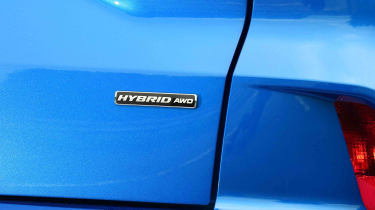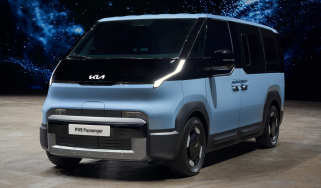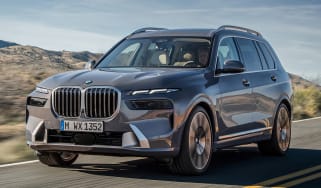Ford Kuga - MPG, CO2 and running costs
With fuel-saving hybrid technology, low insurance costs and decent residual values, the Ford Kuga is an appealing SUV to run

A key feature of a family SUV like the Ford Kuga is its ability to offer reasonable running costs, and the Kuga has this area more than covered. The petrol models should return around 40mpg, while company car drivers will benefit from the low emissions offered by the PHEV model and diesel-like economy – provided you regularly charge it up.
According to Ford, the regular petrol version returns up to 44.1mpg on the WLTP combined cycle, with CO2 emissions of 145g/km. The full-hybrid is a more efficient option, managing up to 52.3mpg and emitting 123g/km of CO2.
For the best efficiency, the Kuga 2.5-litre petrol plug-in hybrid is the one to choose. Ford claims a fuel consumption figure of 313.9mpg, but you’ll need to charge regularly and drive mostly under electric power to replicate that.
Electric range, battery life and charge time
The PHEV model has an all-electric range of up to 42 miles, and takes around 3.5 hours to recharge fully from a 7kWh wallbox charger. So, if it suits your work and commute circumstances, then it’s worth considering to reduce your fuel usage. Just be aware that there are alternatives like the Honda CR-V e:PHEV that’ll go further on a charge, and there are a few electric car alternatives, like the Tesla Model Y, that could prove to be even more affordable to run for company car drivers.
Insurance groups
Premiums shouldn’t be too steep for Ford’s family SUV, as the whole lineup sits between insurance groups 16-26.
The plug-in hybrid model is the priciest to insure regardless of trim level, although it’s still much cheaper to insure than the CR-V e:PHEV, which is in group 37.
If you want lower quotes, though, the 1.5-litre EcoBoost petrol engine is the one to choose.
Our Car Tax Checker tool lets you check your tax status and renewal date in seconds. Check your VED car tax now...
Depreciation
Data suggests that the Kuga should retain around 52 per cent of its value over three years and 36,000 miles, with the best version being a plug-in hybrid model in ST-Line trim. In comparison, the Nissan X-Trail is likely to retain between 47-50 per cent, while the Renault Austral is predicted to cling on to between 53-55 per cent of its resale value over the same period.
To get an accurate valuation of a specific model, check out our valuation tool...









